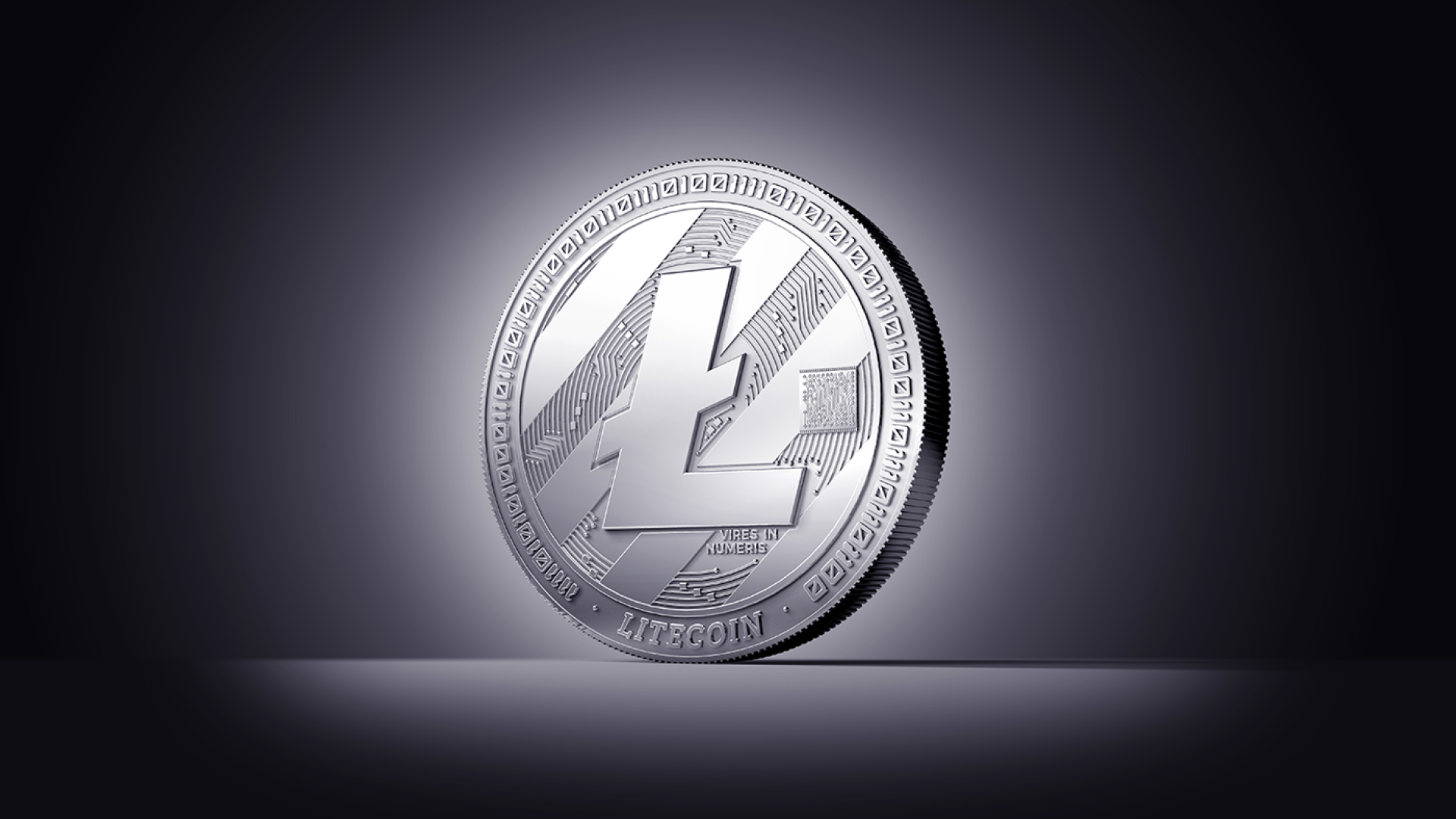Litecoin: Digital silver and Bitcoin's younger brother
ALTCOIN BITCOIN (BTC) DIGITAL ASSET GENESIS BLOCK LITECOIN (LTC) MINING PoW (Proof-of-Work)09-Dec-2021

TOP bejegyzések

Wexo Points: Find places where you can pay with Bitcoin (App Up...
Search nearby businesses that accept Bitcoin payments
BővebbenOne of the oldest cryptocurrencies, which has taken Bitcoin as its model, is now one of the leading altcoins. Due to its many similarities to the digital gold of Bitcoin, Litecoin is known as digital silver.
A bit better, but very similar
Litecoin is extremely similar to Bitcoin. It is a decentralized cryptocurrency based on blockchain, which functions peer-to-peer. Its key advantage is full decentralization. It is designed so that no one can control it, influence price, or cause inflation.
The Litecoin cryptocurrency was not the first cryptocurrency where the developers copied, modified, or improved the Bitcoin code. But historically, this is one of the most important.
Litecoin cryptocurrency's creator is computer scientist Charlie Lee, a former Google employee. Litecoin is an improved version of Bitcoin. Litecoin dates back to 7 October 2011. The main difference is the speed of transaction processing, and the closely associated mining of new coins. Bitcoin uses a new block every 10 minutes, while the Litecoin network can do this in 2.5 minutes on average.
Payments in Litecoin are more suitable for current payments. And it's about more than better speed. Compared to Bitcoin, Litecoin transaction fees are also lower. Since we mentioned coin mining, it will already be clear to more on-topic readers that Litecoin also uses the Proof of Work consensus to confirm transactions. So transactions and security are provided by 'miners'. But while Bitcoin uses the SHA-256 hashing algorithm, Litecoin's algorithm is Scrypt.
The Litecoin unit is LTC 1. Like Bitcoin, Litecoin has a predetermined amount of coins that are gradually released into circulation. The final offer is programmed for LTC 84 million.
Given the limited supply of Litecoins, we can say it's a deflationary currency. Its value is further formed by the market, the usability of the cryptocurrency, and, of course, the size of the network derived from the miners as well as from buyers and sellers.
Guinea pig
Block rewards for Litecoin miners, like Bitcoin, are gradually reduced during halving. The next halving is scheduled for August 2023, when the reward will be halved from LTC 12.5 to LTC 6.25 per occupied block.
Due to similarity to the bitcoin protocol, Litecoin is also called a novelty tester. It was similar in the case of Lightning Network and Segwit. Litecoin received these network updates before they were implemented in the Bitcoin network.
Do we need digital silver?
If you currently consider Litecoin to be an improved version of Bitcoin, this impression is not entirely correct. The biggest criticism of Litecoin is that it doesn't revolutionize Bitcoin. Even its low transaction fees and faster processing are neither cheap nor fast compared to modern next-generation cryptocurrencies. And Litecoin has a smaller community, less adoption than Bitcoin, and not as many miners.
But Litecoin could have a promising future. The highest expectations relate to the implementation of the Mimble Wimble protocol. This should have brought Litecoin a better level of anonymity, as well as fungibility.
Bitcoins have no fungibility, are traceable, and can be "tagged". Purely theoretically, if - for example - they were used for illegal purposes, they may be less valuable in the future. Another change and uniqueness should be bridges with other blockchains.
In the future, Litecoin is expected to form a strategic partnership with Bitcoin. Especially when implementing technological improvements.
In terms of market capitalization, Litecoin ranks 16th. It is currently trading at just over USD 200, having hit maximum value this May at USD 410/LTC 1. Meanwhile, 82% of the total number of 84 million Litecoin units are in circulation.


